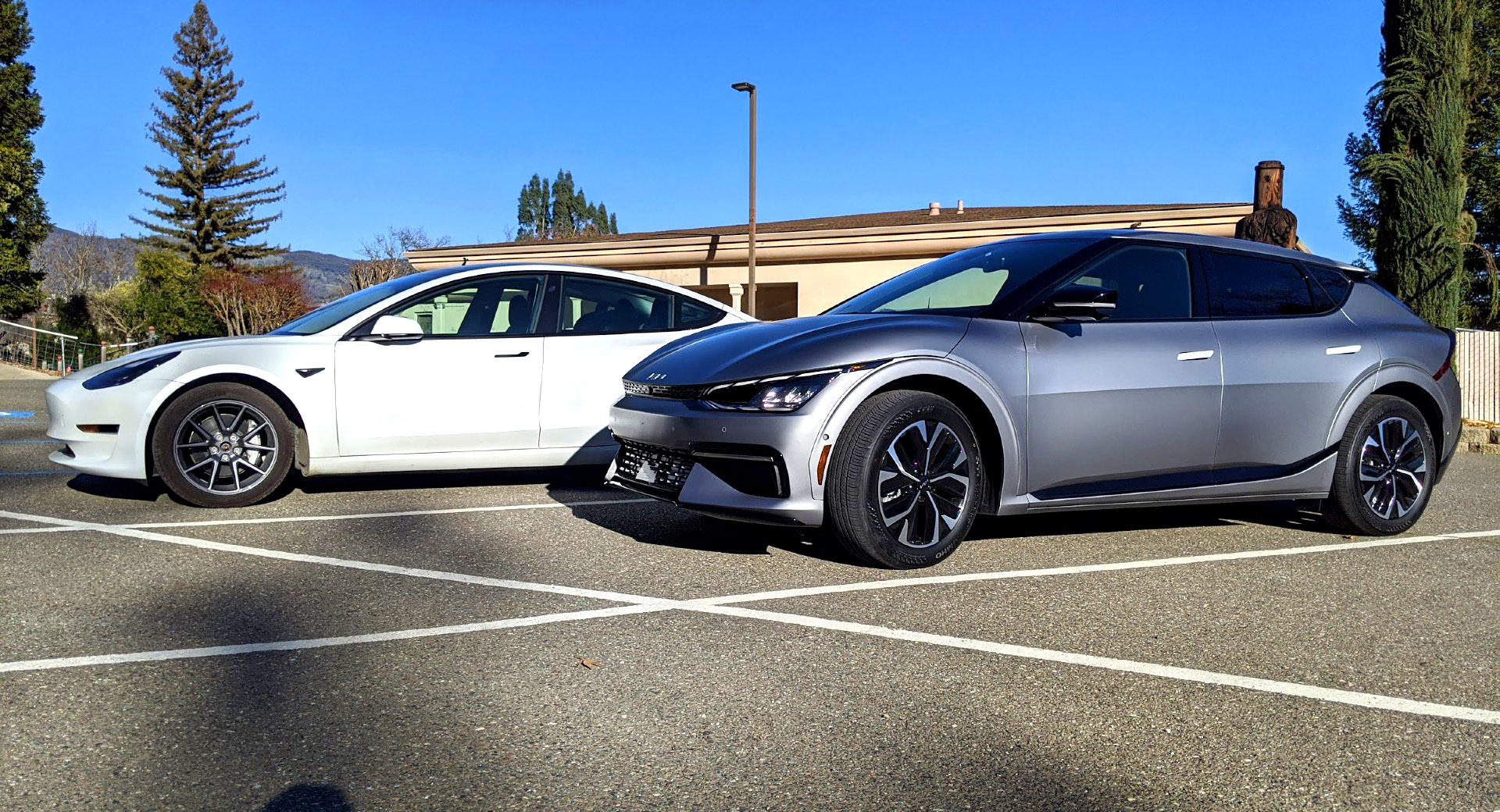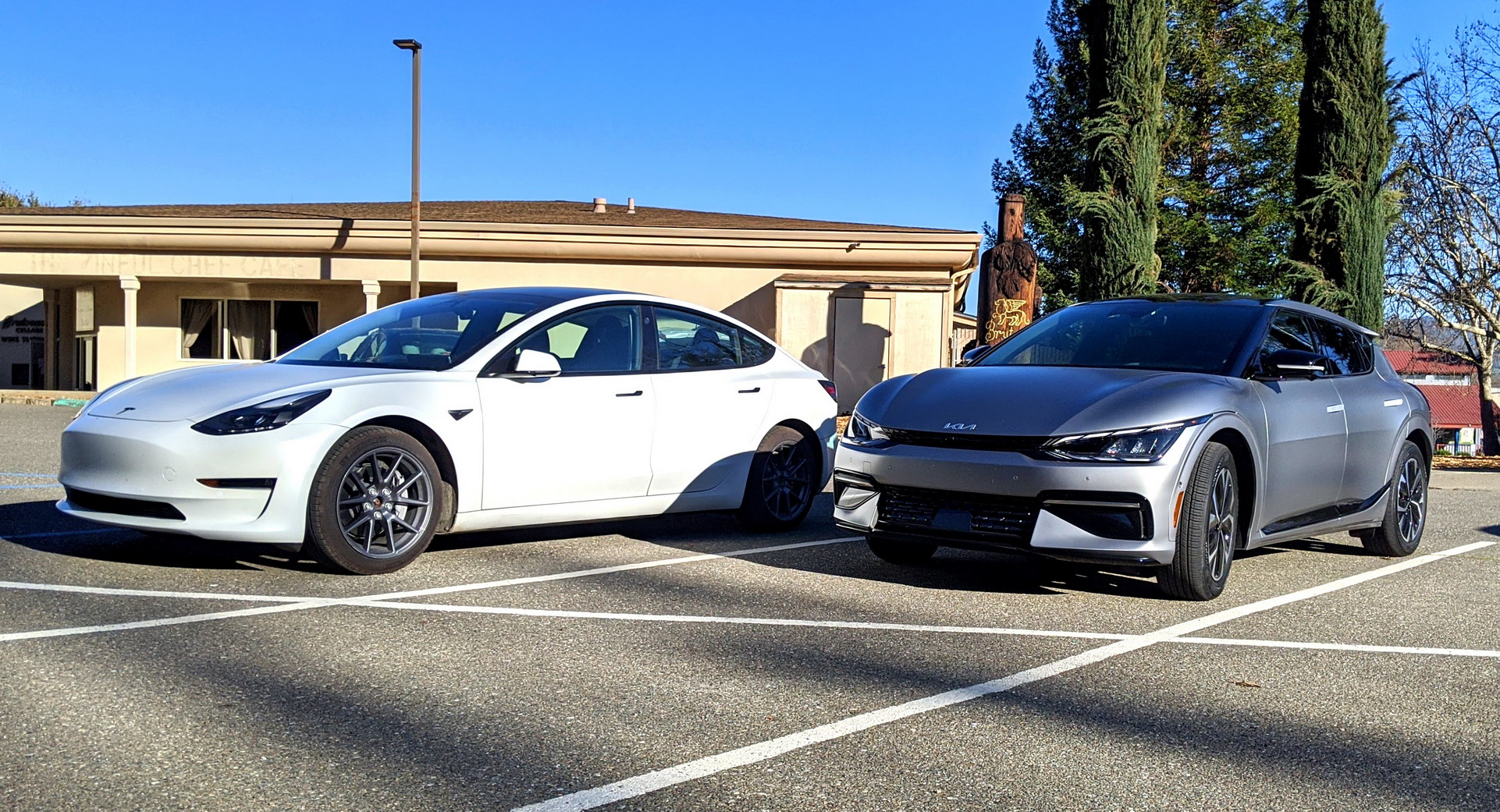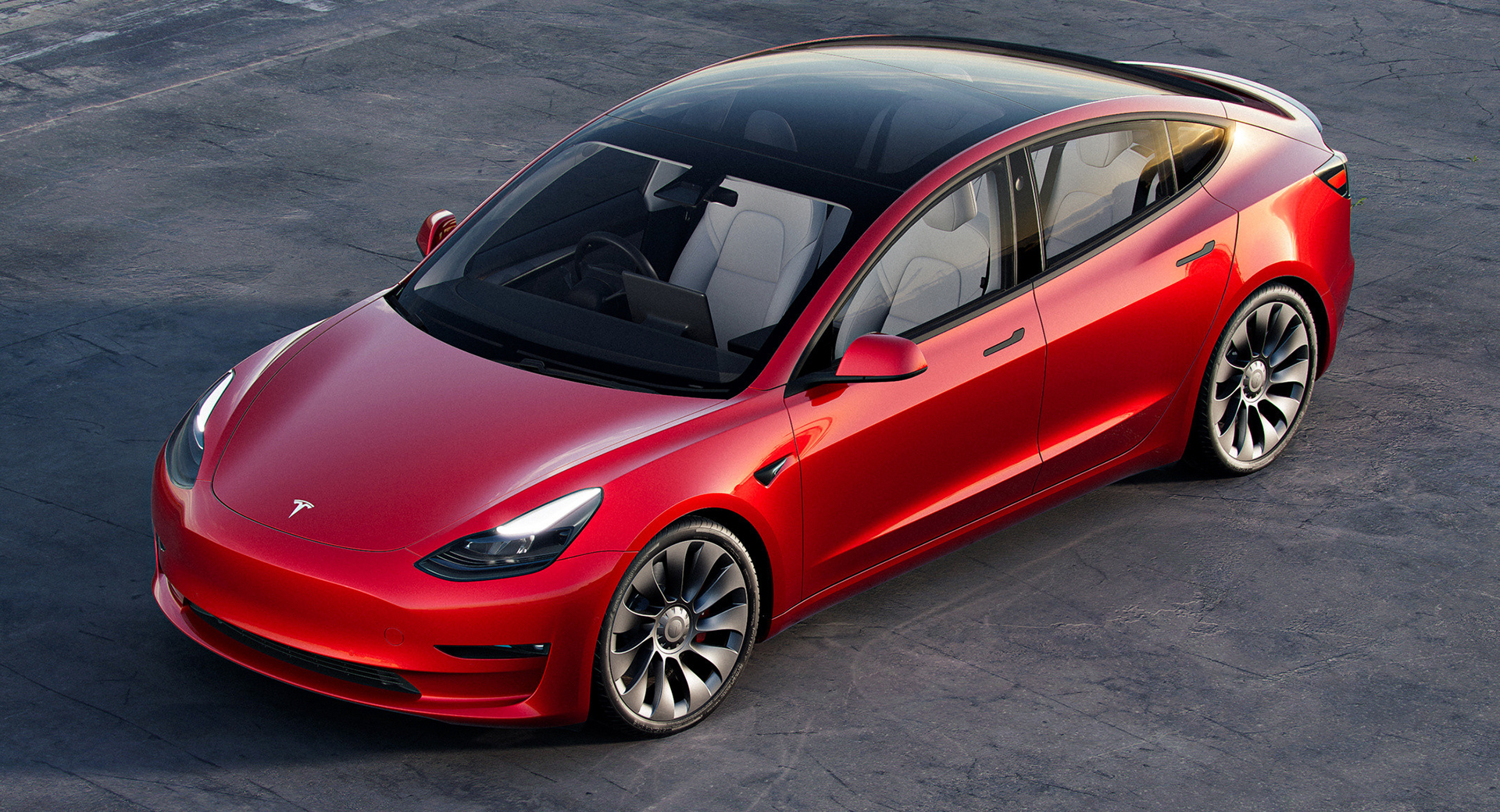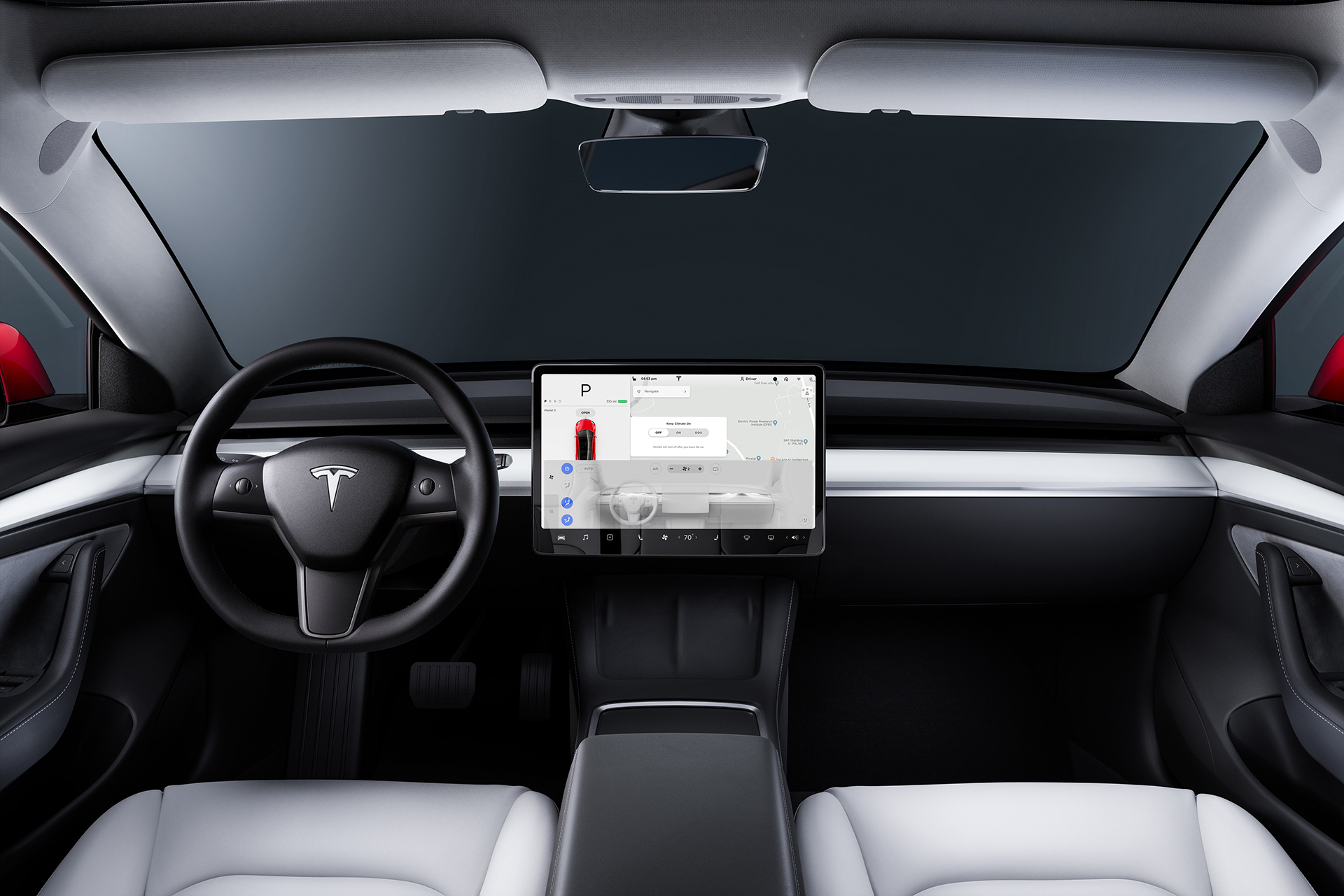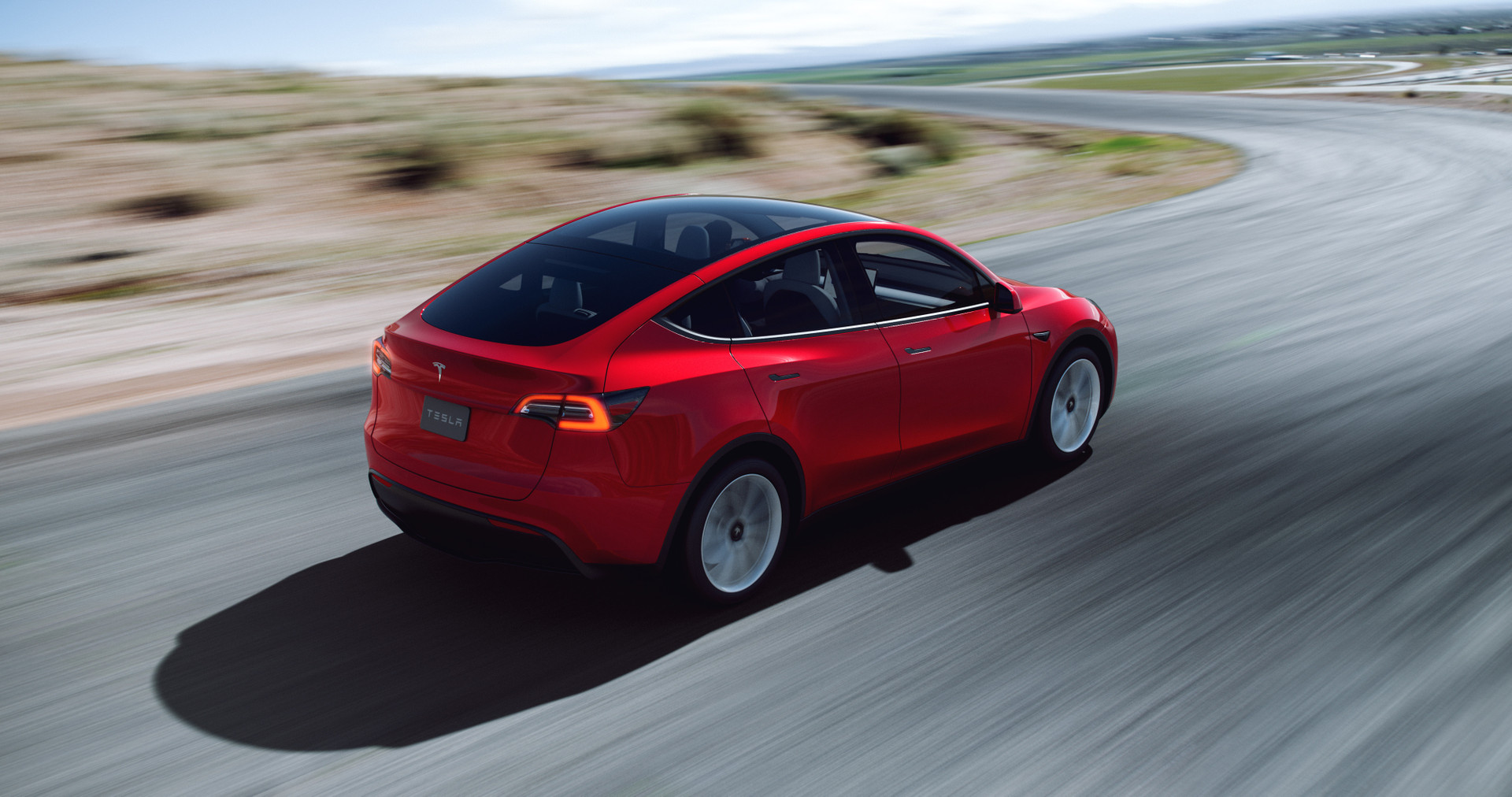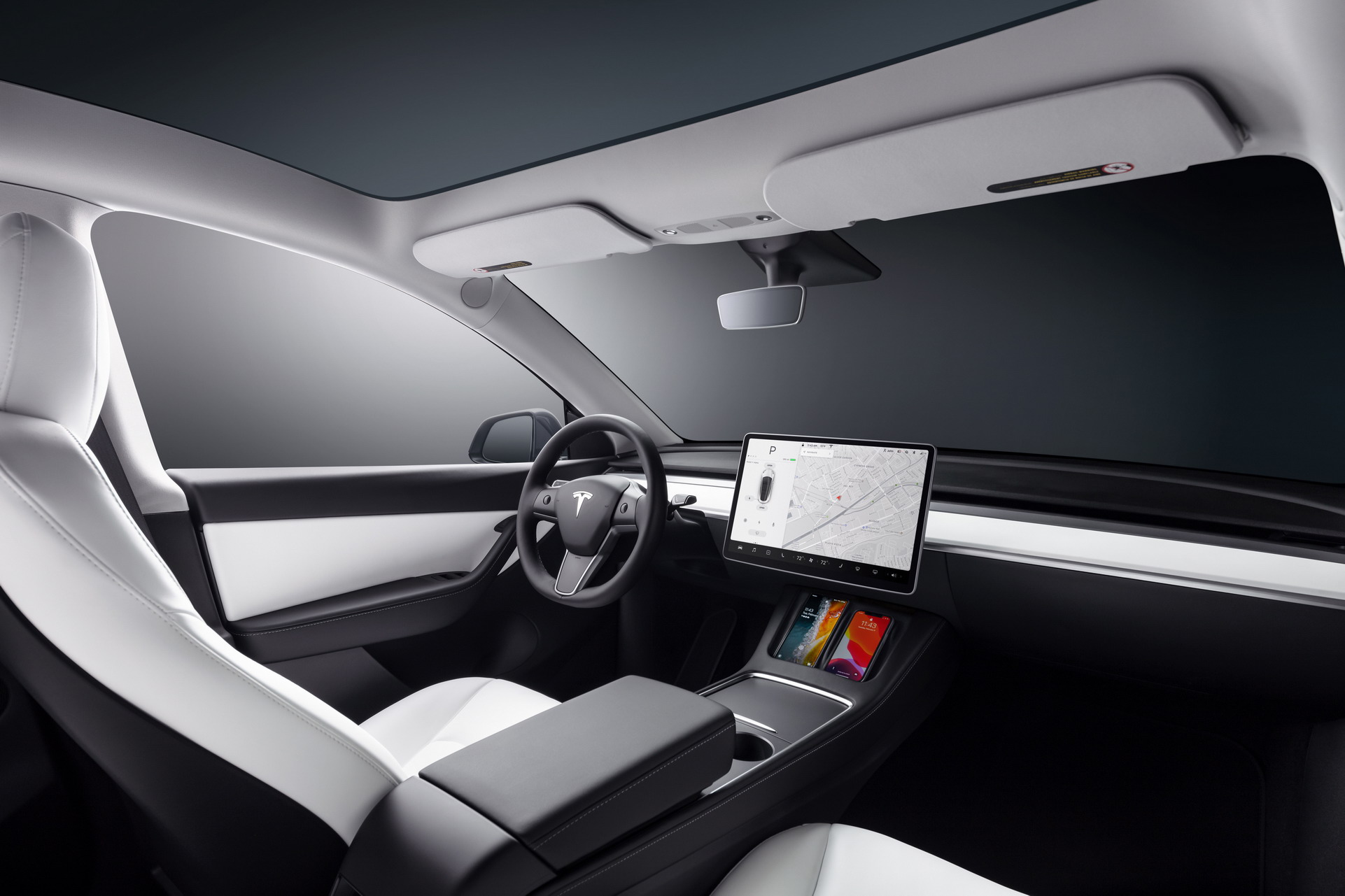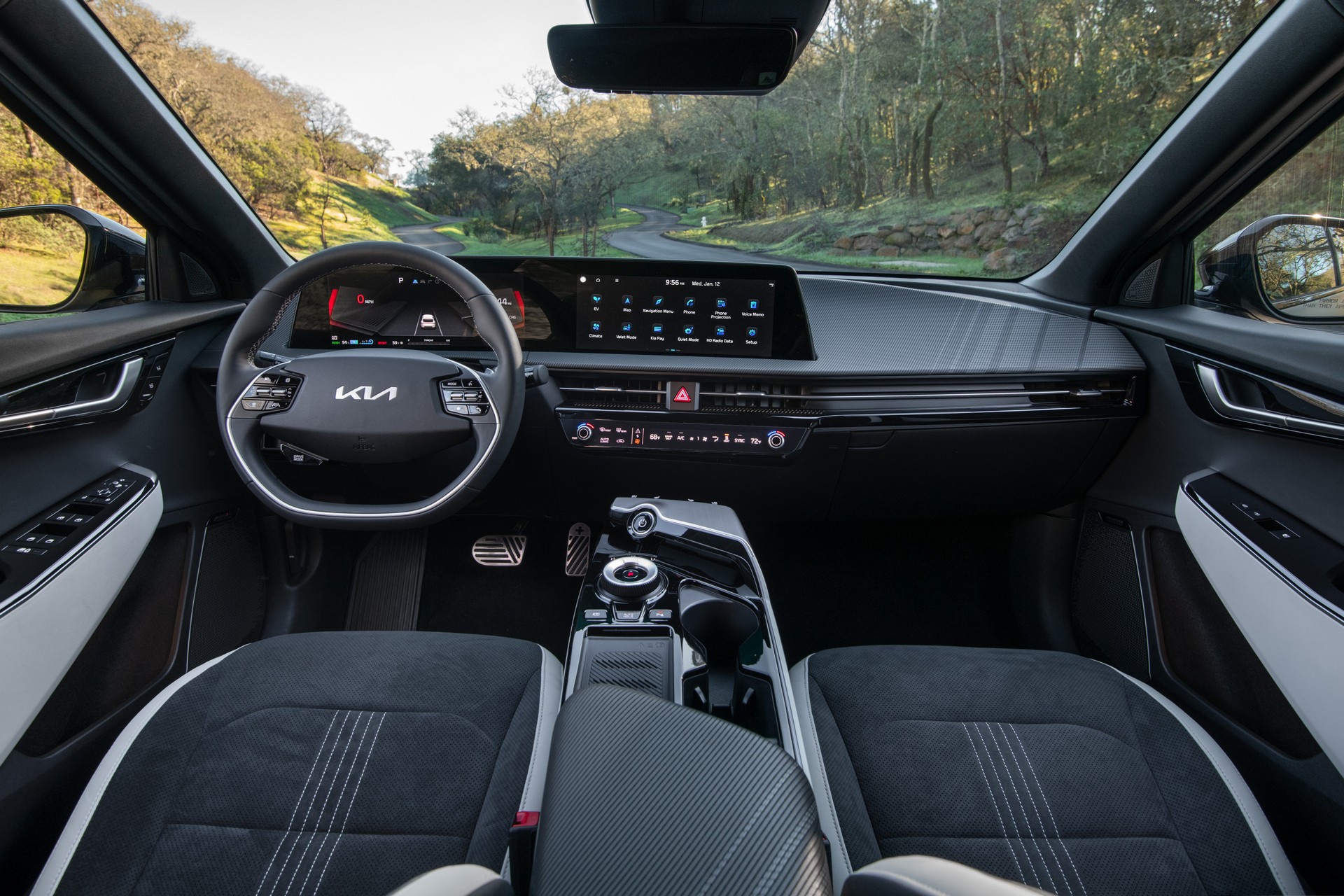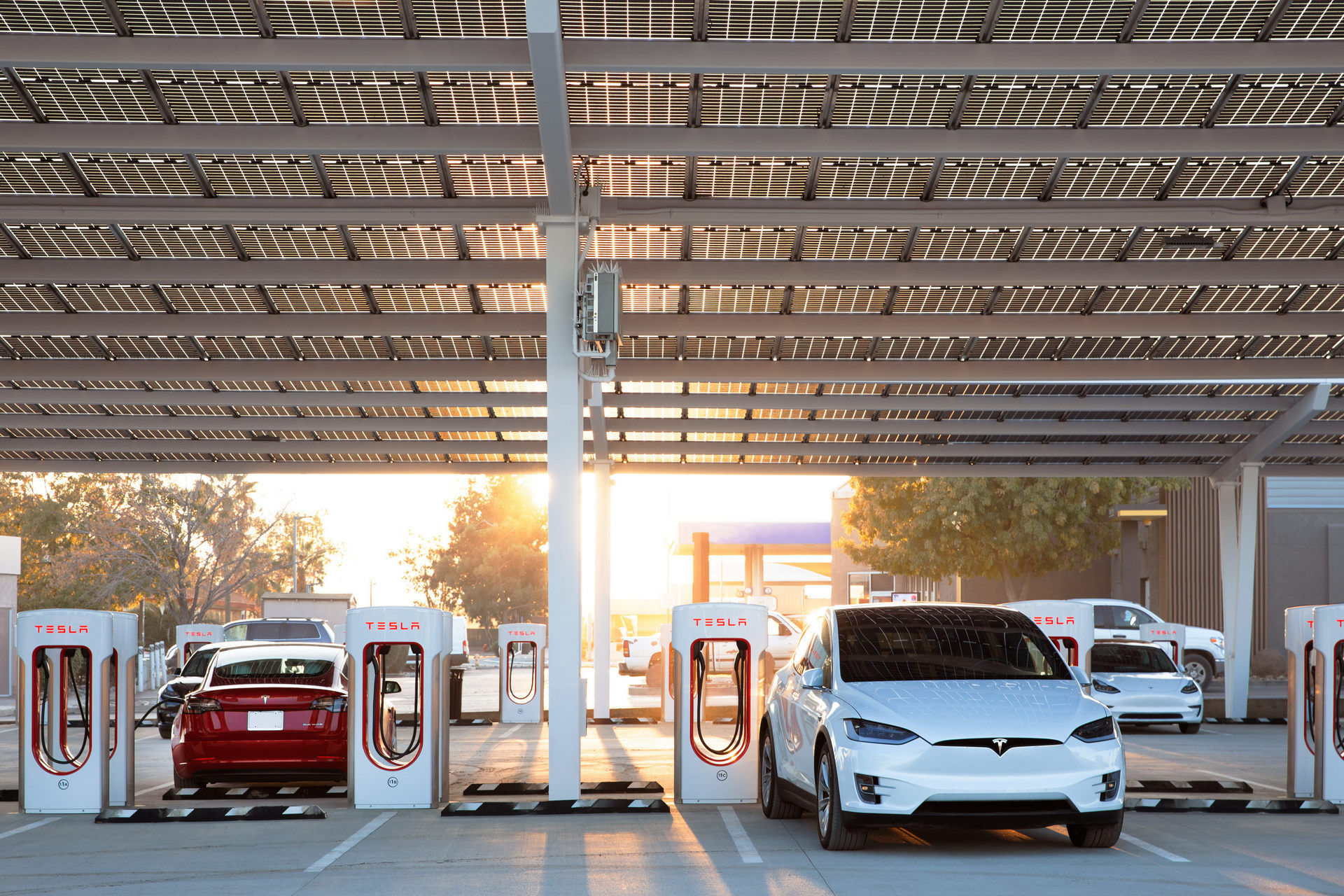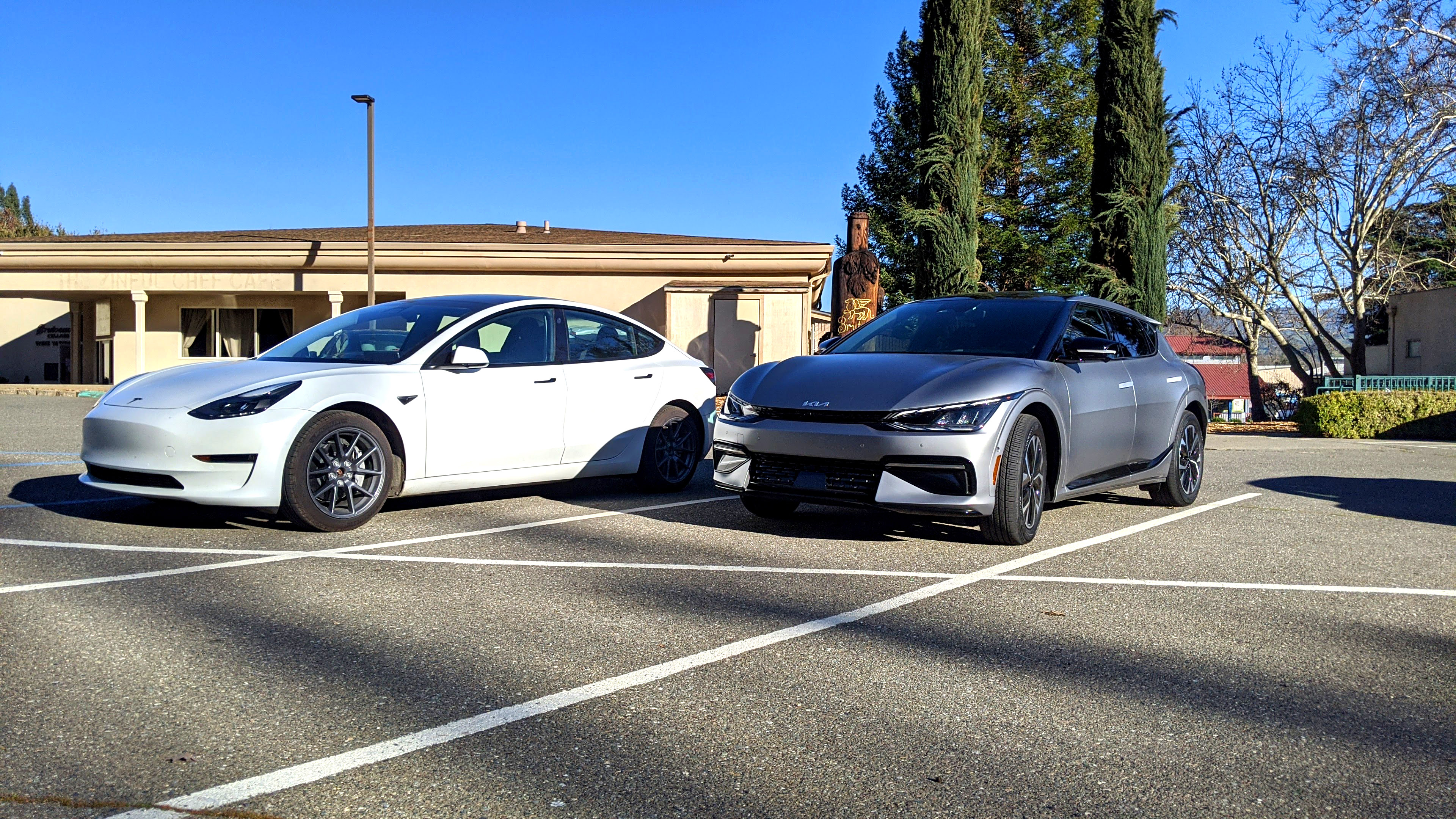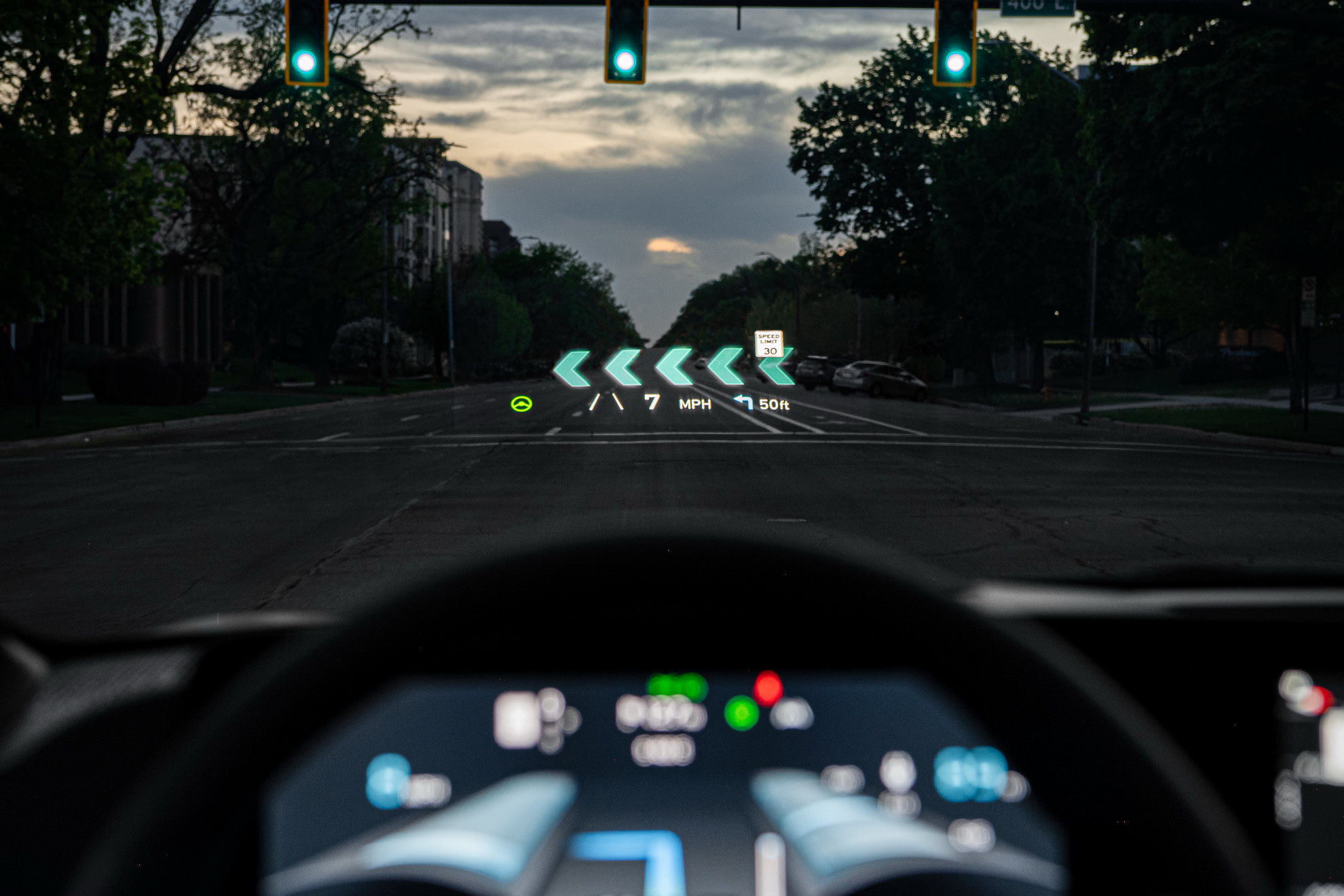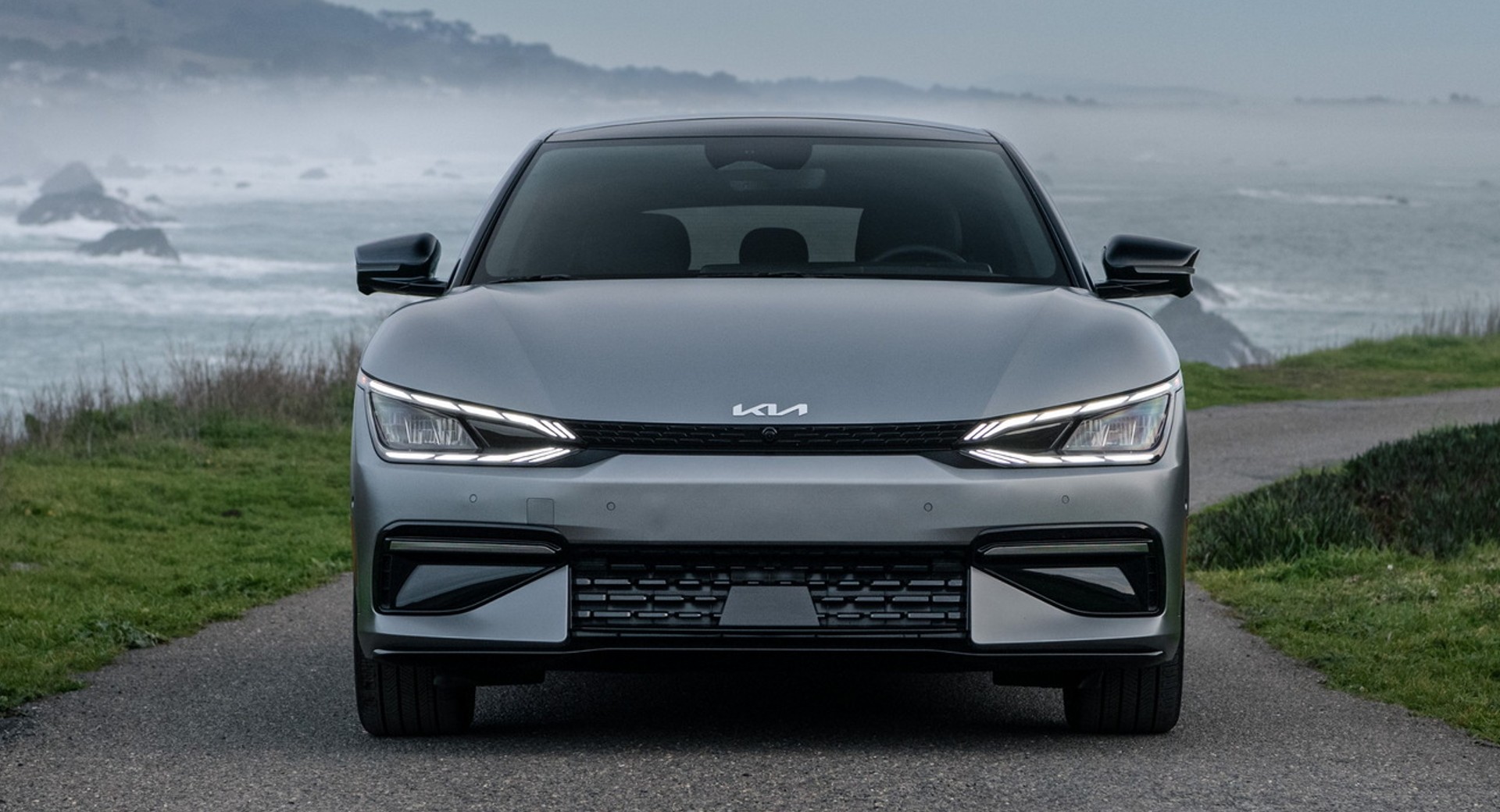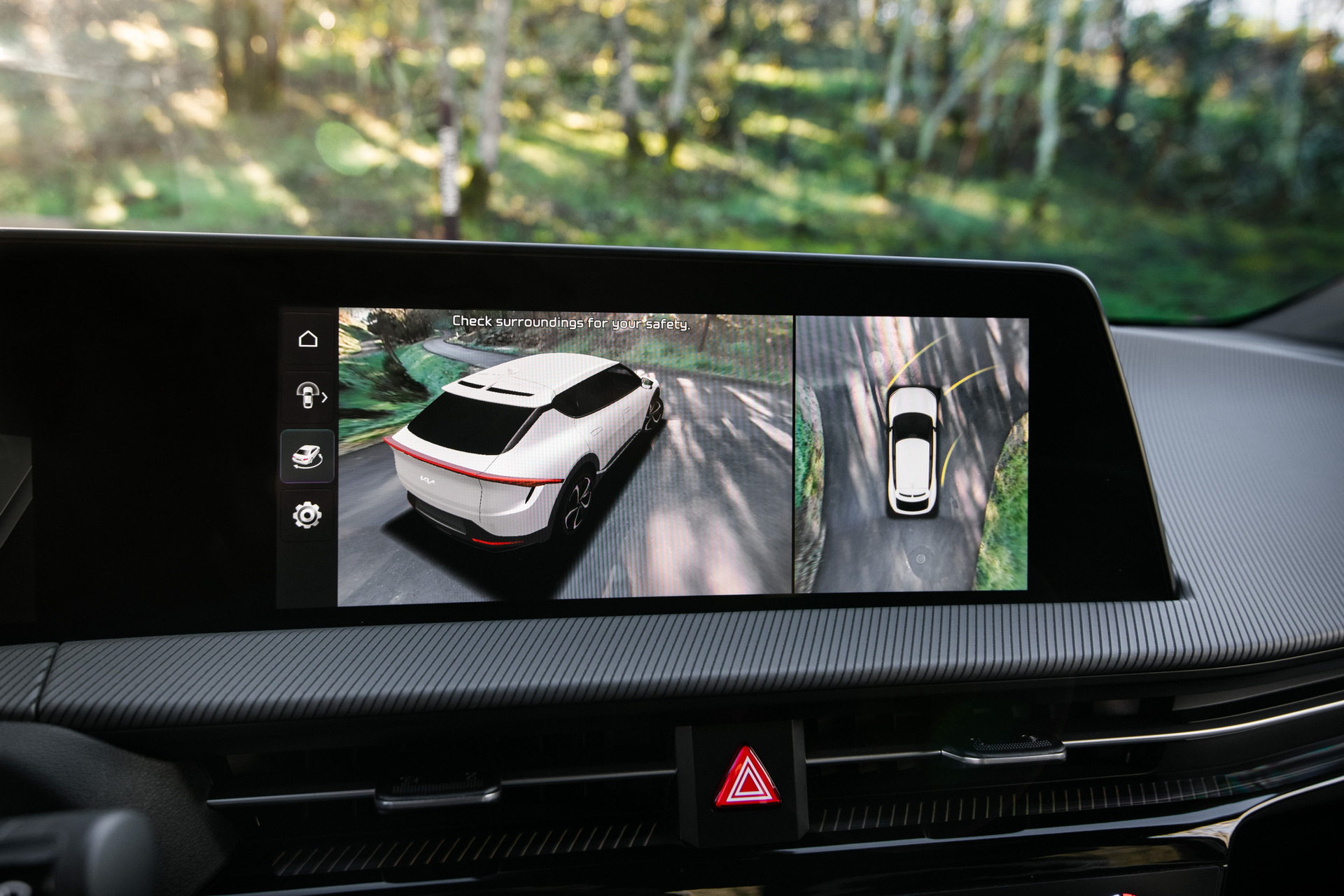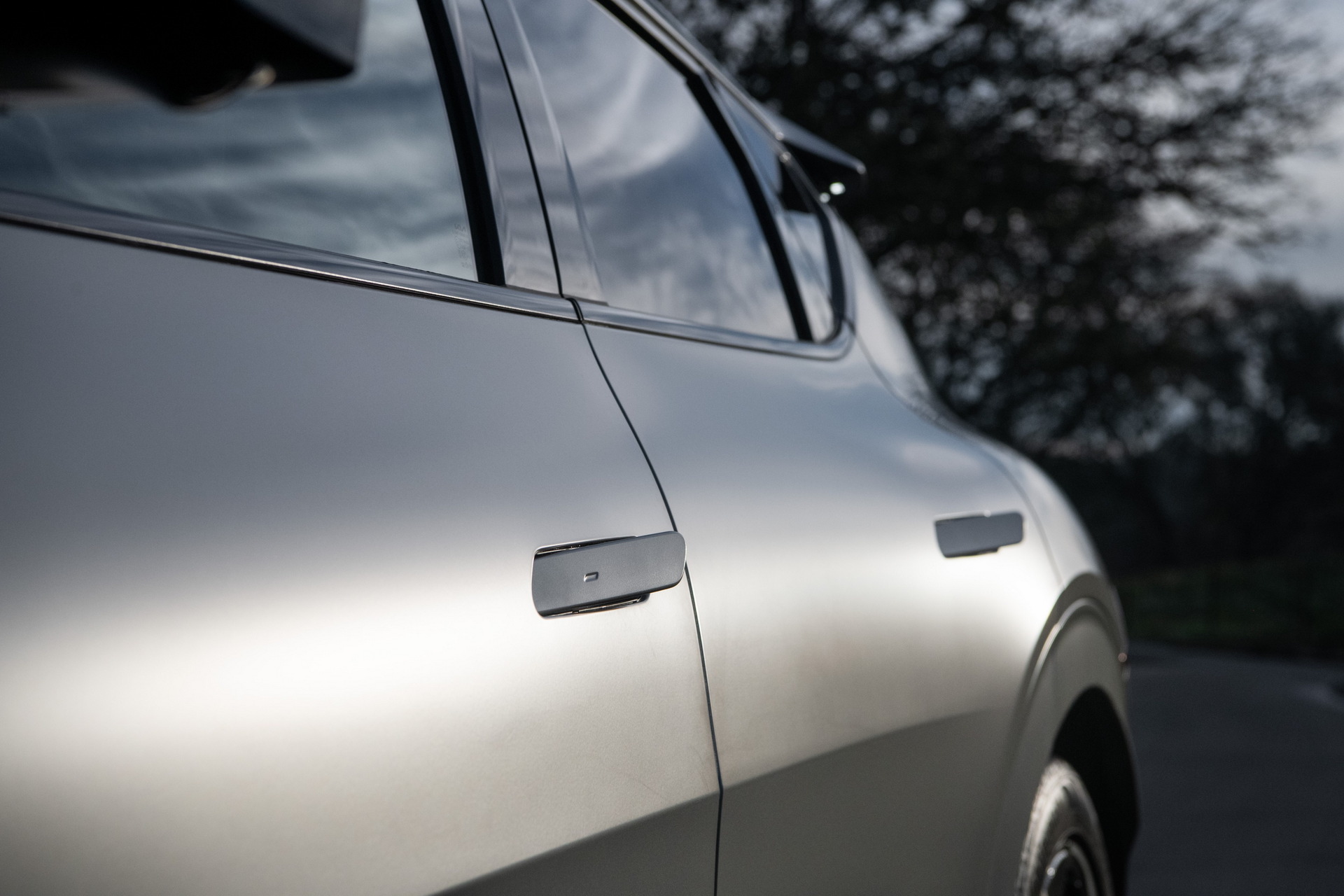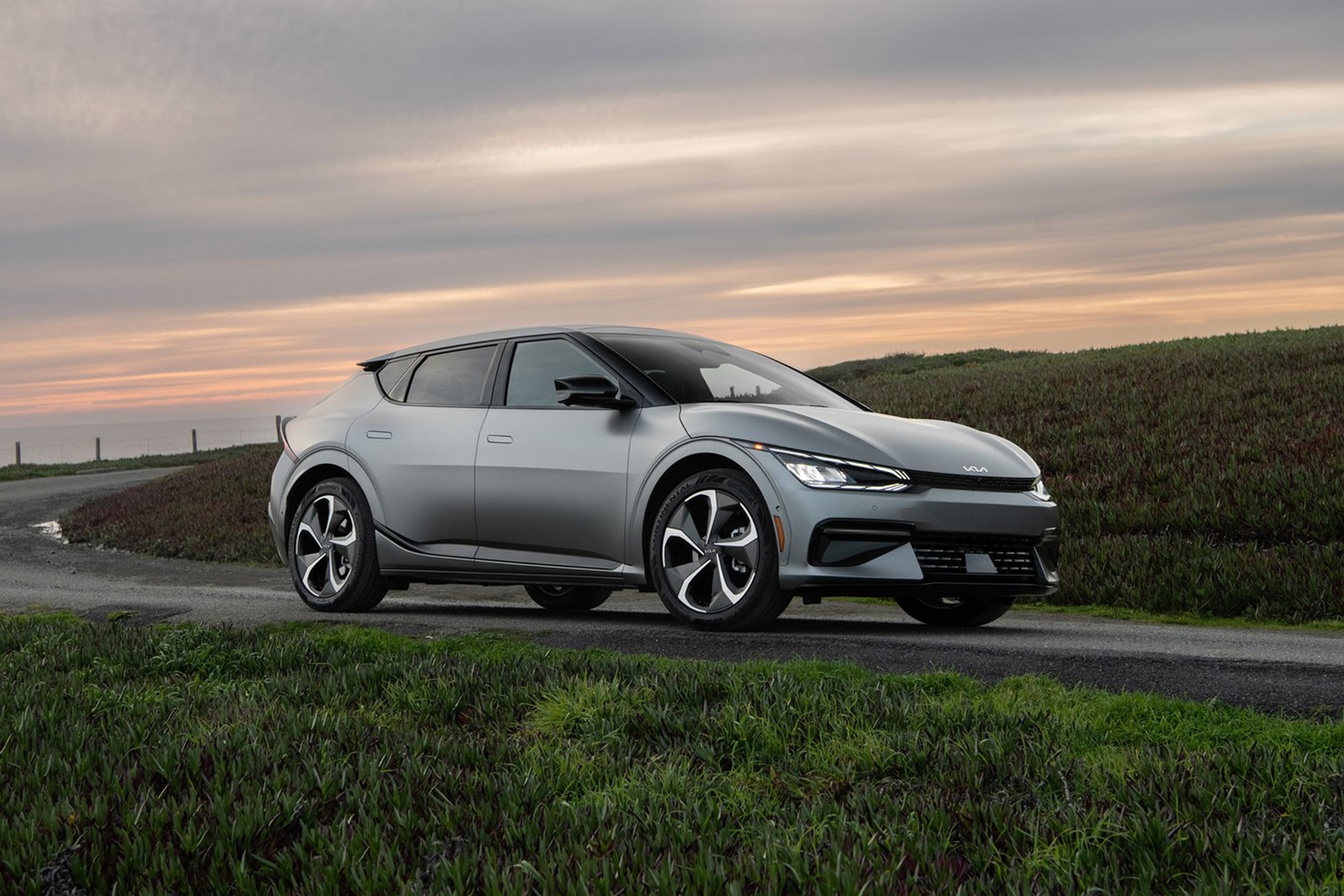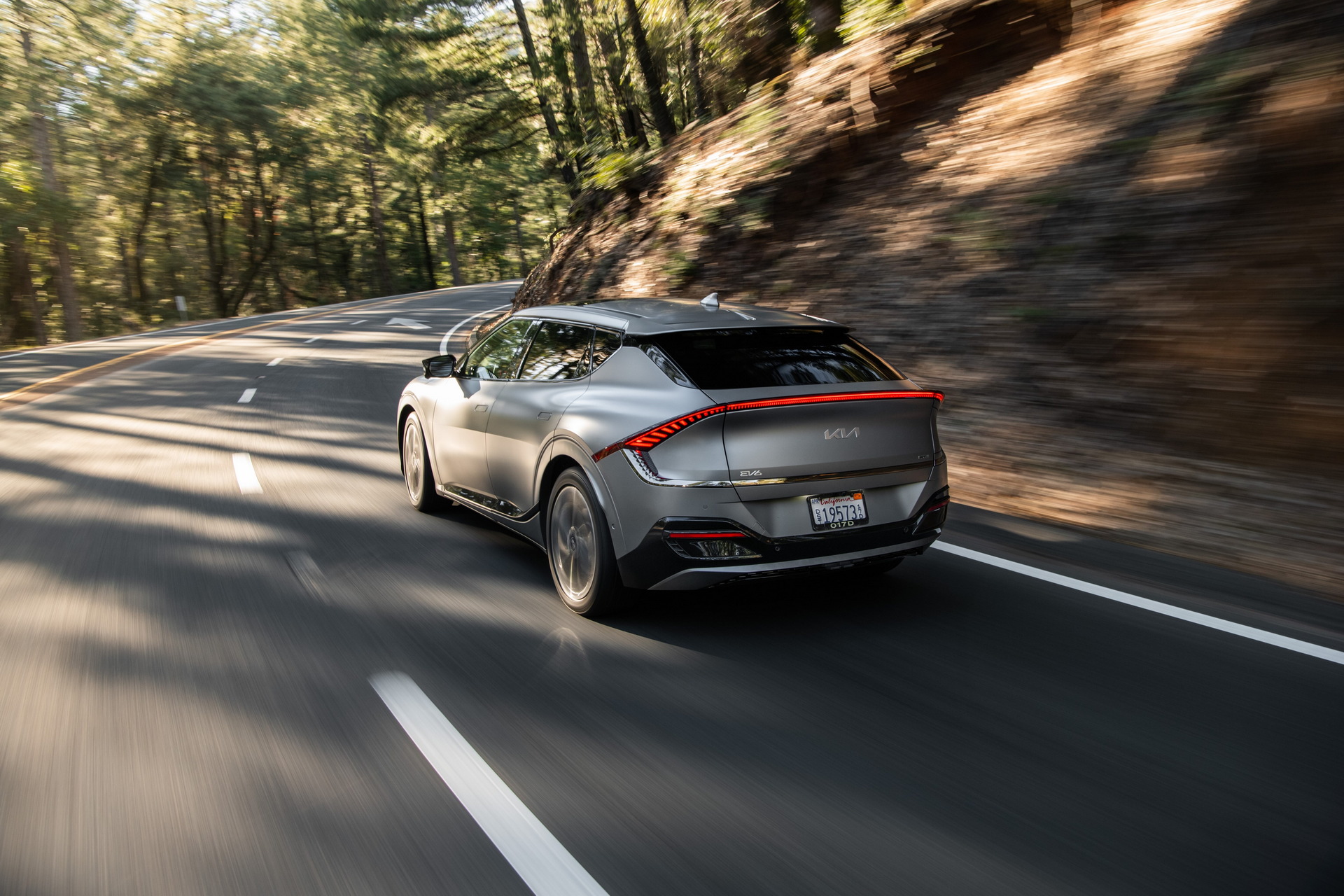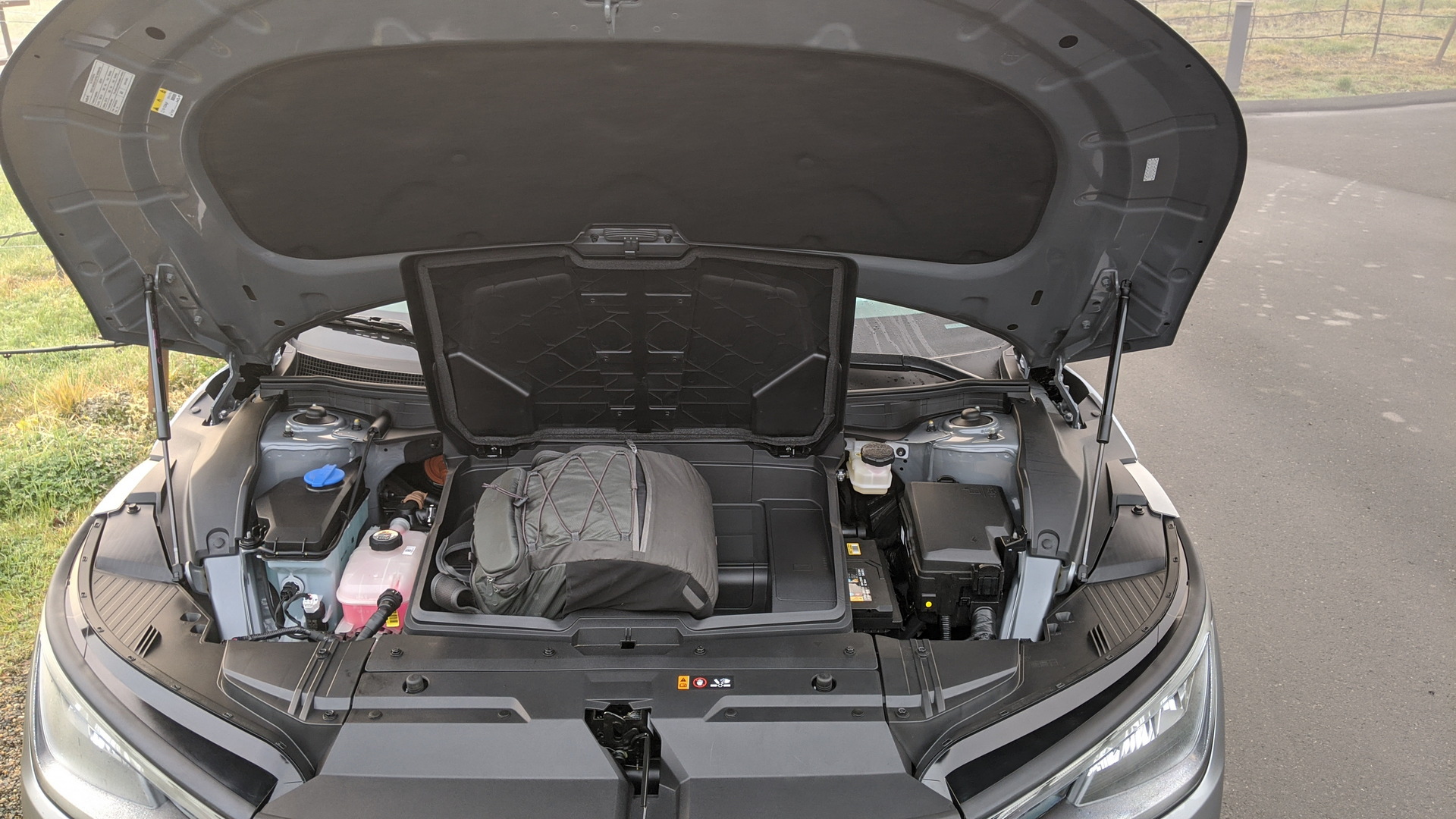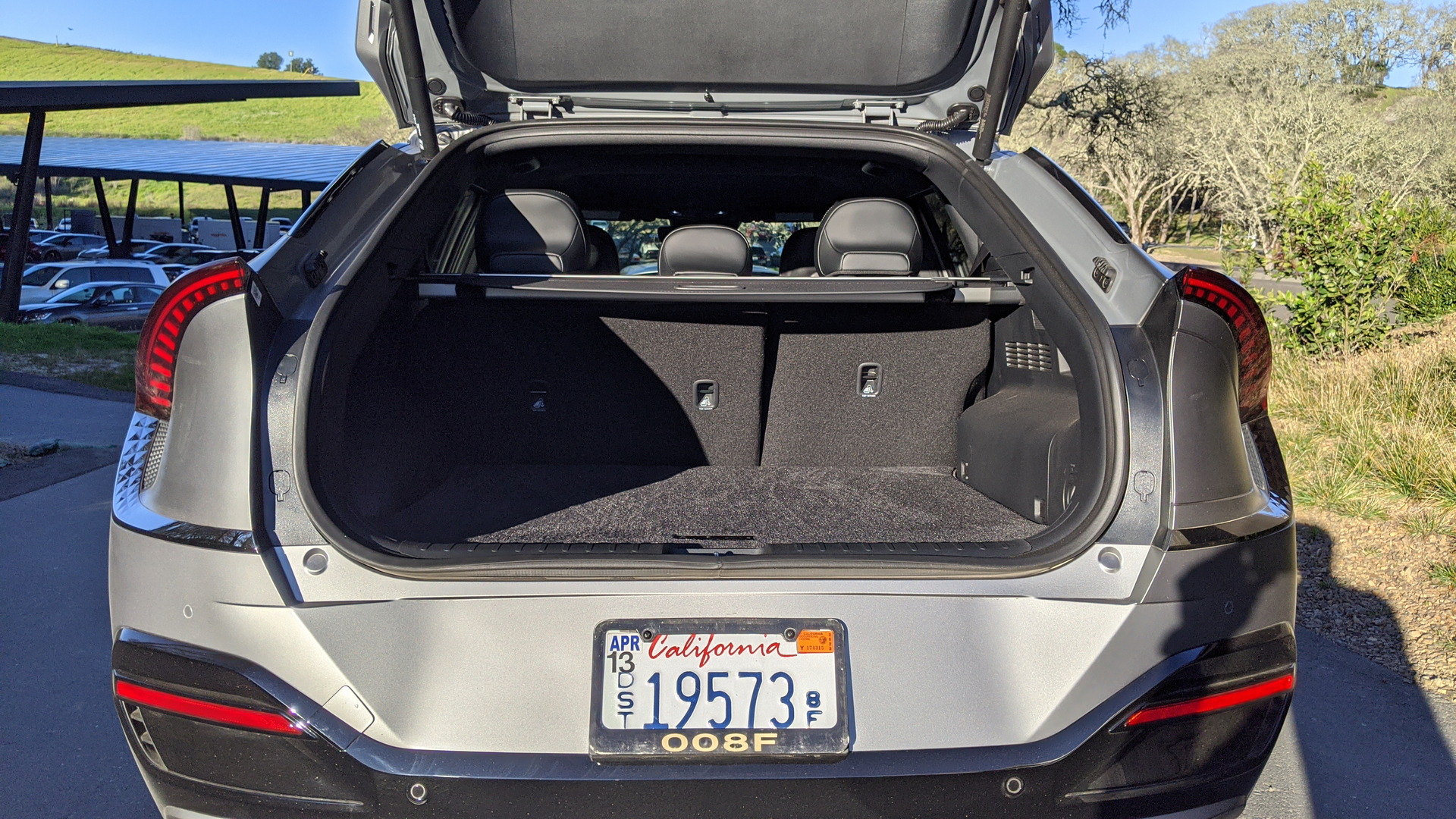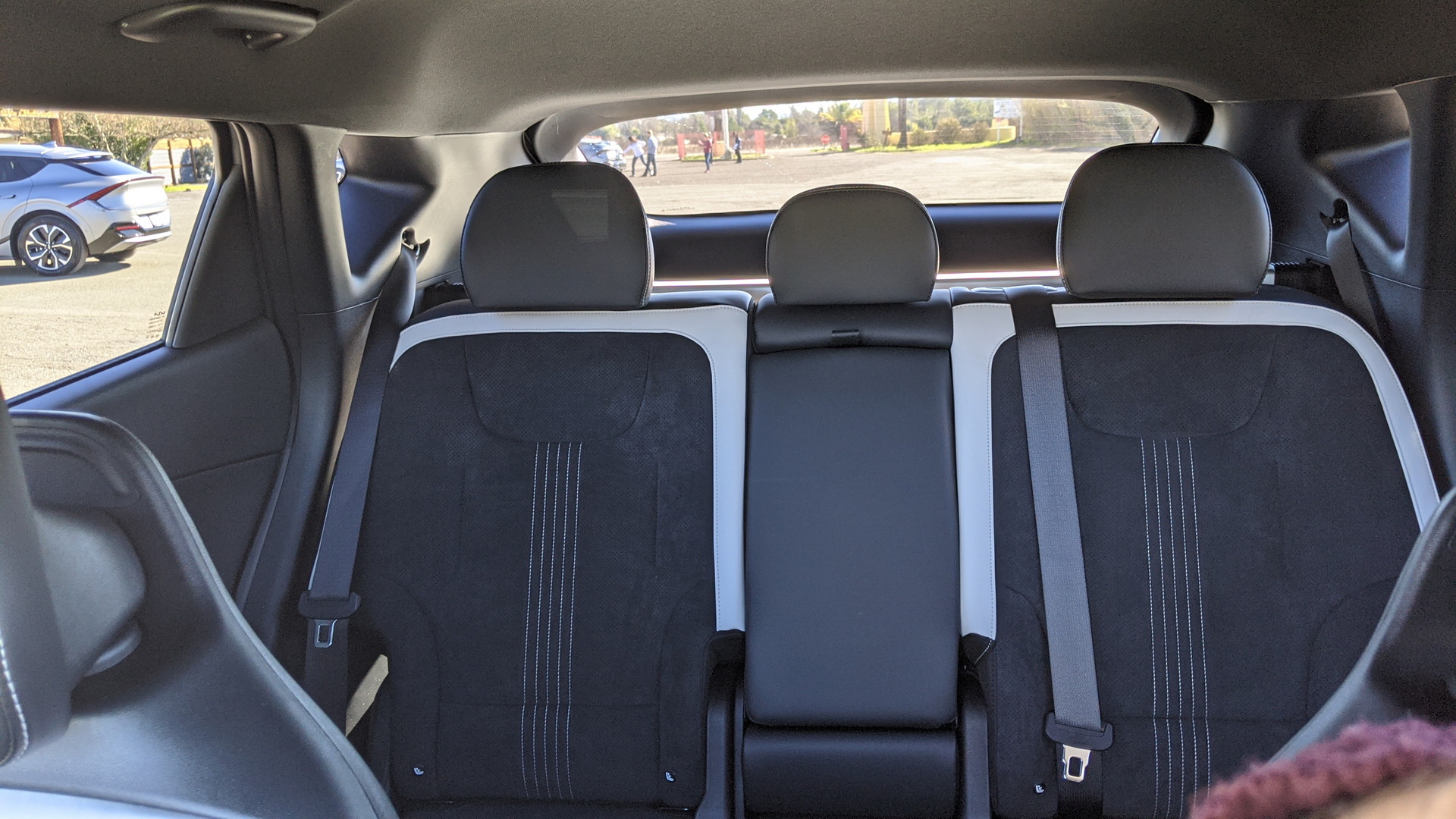Kia has just released an all-new all-electric crossover called the EV6 and we like it overall. After having a drive in a couple of the top trims we found ourselves parked up next to a Tesla Model 3 and that got us thinking. How does this new challenger really stack up to the old Tesla guard? So that’s exactly what we’re going to find out.
First Drive: 2022 Kia EV6 Electric Crossover Is The New EV Benchmark
We’ll compare the EV6 to both the Model 3 and the Model Y and then we’ll have a quick bonus round with another challenger. To clarify some of the vital statistics about the EV6, it starts at $40,900 and goes up to over $55,000 for the top trim level before incentives and delivery fees. It gets anywhere from 232 to 310 miles of range (373-498 km) and can be had in rear or all-wheel drive.
If that sounds to you like a recipe for a great comparison with the other mainstream electric vehicles, you’d be right so let’s dive in. First up, the Tesla Model 3.
How Does It Stack Up To The Tesla Model 3?
Tesla offers the base Model 3 for just $44,900 and it comes with rear-wheel drive, 267 miles (429 km) of range, and can rocket from 0-60 mph (0-96km/h) in just 5.8 seconds. That’s both faster and farther than the base Kia EV6. To match that range with the Kia you’ll have to pay $50,900, at which point you’ll have all-wheel-drive and 274 miles (440 km) of range.
That’s the maximum available range for an AWD Kia EV6 but Tesla will sell you a Model 3 Long Range with AWD and an autonomy of 334 miles (537 km) for $50,990. It’ll do 0-60 mph (0-96 km/h) in just 4.2 seconds which is so fast that no Kia EV6 on sale today can keep up. Then there’s a Model 3 Performance available with 315 miles of range, 0-60 mph in just 3.1 seconds, and a base price of $58,990.
For those wanting to go fast or far, the Model 3 is the clear winner here. It’s considerably better at sprints and long-distance running compared to the EV6 and isn’t much more expensive. Sure, the Performance model is thousands more but you’ll get more range than the EV6 while also being able to blow away supercars at the drag strip.
Where Kia claws back some of the value is through utility. Since its EV6 is considerably more voluminous than the Model 3, there’s just more space inside. In addition, the Tesla can’t really stand up to the build quality of the Kia. The EV6 is both quieter and more relaxing to drive in for long stints. It also offers 24.4 cu-ft of cargo space in the back while the Tesla offers just 19.8 but nearly catches the Kia with 3.1 extra cubic feet in the frunk (the EV6 has a mere 0.7 cu-ft of space in the front storage area).
Read Also: The Hyundai Ioniq 5 Just Beat The Tesla Model Y In Its First Head-To-Head Test
Passenger volume is almost identical though because the Model 3 is actually slightly longer and slightly wider than the EV6 which happens to be exactly 4 inches (100 mm) taller than the Tesla. Despite that additional height, the Kia has 1.3 inches (33 mm) less headroom up front and only 0.3 inches (7.6 mm) more in the back. It does have more leg room in both rows though. So now that we know how close these two are in size, we wonder how the Kia stands up to the larger Model Y crossover.
In terms of driving dynamics, the Model 3 is the better performer in almost any comparison. The RWD Tesla is easier to fling around corners since it’s more than 1,000-pounds (453 kg) lighter and the AWD models are considerably quicker than the fastest EV6 that’s currently available.
How Does The Kia EV6 Stack Up To The Tesla Model Y?
The Model Y starts at $58,990 but it also comes with AWD and a 0-60 mph time of 4.8 seconds, or about the same as the $50,900 Kia EV6 AWD mentioned above. What the Model Y has that the Kia doesn’t are more range (318 miles / 511 km) and more interior and cargo space. The Tesla can be had with a small kids-only third row too. Of course, you might say that for $8,090 more it should be considerably more car.
Of course, the same way that the EV6 couldn’t hang with the Model 3 around the bends is the same problem that the Model Y has with the Kia. Not in a straight line, mind you, as the Model Y Performance that’s available for $63,990 can do 0-60 in just 3.5 seconds. But throw a hard turn at it or a bad road, and the Model Y struggles to keep up with the Korean crossover. The EV6 is just more planted and happier to point its nose at a high-speed apex without complaint. It’s also much more comfortable and quiet. Still, there are some major factors that could come into play for anyone cross-shopping these vehicles.
X-Factors: Tax Rebates, Charging Infrastructure, Tech And More
All of the pricing we mentioned above doesn’t take into account the tax incentives offered both by the Federal Government and some states that could result in $7,500 or more in tax rebates for Kia EV6 buyers. Tesla buyers are no longer eligible for those breaks which means that potentially, the savings on the Kia are really big.
Another consideration is charging, range, and infrastructure. Clearly, Tesla has the upper hand on both total range and infrastructure. If you’re planning to take lots of longer trips, the Supercharger network is unbeatable right now. If road trips aren’t as regular for you, the 800-volt architecture in the EV6 can top off the battery even faster than a Tesla provided you can find a compatible 350kW charging station near you.
Many will compare these vehicles based on technology and design. That’s a highly subjective subject so we’ll put it this way: both cars offer excellent technology in terms of functionality. Kia offers a more conventional car experience with its design and features like Android Auto and Apple CarPlay while not slacking on cool futuristic tech like an Augmented Reality heads-up display.
Tesla is about as future-tech-centric as a car company can get and for some, the minimalist interior and exterior are perfect. Love it or hate it, Teslas can be had with the brand’s Full Self Driving tech too, which Kia can come close to with adaptive cruise and lane centering assist, but can’t fully match.
Finally, warranty coverage might be important to you as you look at these vehicles. Both the Model 3 and the Model Y come with a four-year or 50,000-mile bumper-to-bumper warranty and an eight-year or 120,000-mile powertrain warranty. Kia offers five years or 60,000 miles of limited warranty coverage and covers the powertrain for 10-years or 100,000 miles.
These cars have real similarities and then big differences too. For the budget-focused, the EV6 seems very hard to beat when it comes to value for the money. At the same time, no mainstream EV brand is as close to the bleeding edge of speed and technology as Tesla so your personal needs will have to be what determines the winner.






